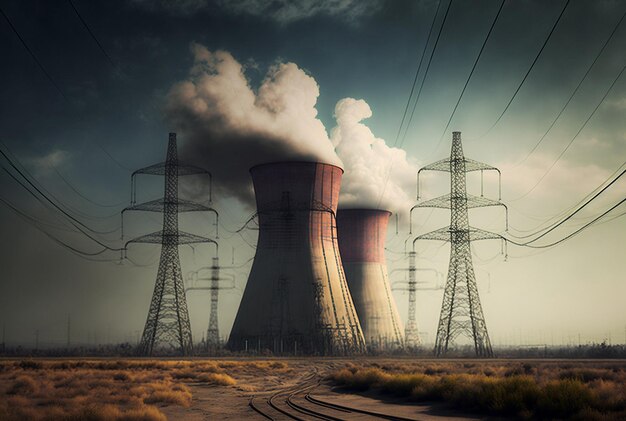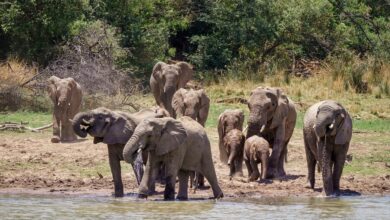Zimbabwe Explores Nuclear Energy to Address Persistent Power Shortages

Zimbabwe is taking significant steps towards exploring nuclear energy as a potential solution to its ongoing power shortages. The country’s electricity crisis has been exacerbated by a combination of aging infrastructure, environmental challenges, and increasing demand, prompting the government to seek alternative energy sources.
Current Energy Challenges
Zimbabwe’s power generation issues primarily stem from aging equipment at the Hwange Power Station and the impacts of vandalism and the El Niño-induced drought, which has drastically reduced water levels at the Kariba Dam. Currently, the Kariba Dam supplies 2,010 megawatts of electricity to both Zimbabwe and Zambia, generating approximately 6,400 gigawatt-hours per year. However, low water levels have severely affected power generation, leading to rolling blackouts that can last up to 16 hours a day.
Government Initiatives
During a recent parliamentary session, Minister of Energy and Power Development Edgar Moyo announced Zimbabwe’s intention to explore nuclear energy for peaceful purposes. The government has expressed its interest to the International Atomic Energy Agency (IAEA), which is providing guidance throughout the initial stages of this process.
“We have expressed our interest to the IAEA of our desire to get into nuclear energy for peaceful purposes,” Moyo stated. “Committees have been set up to explore this avenue, and there are specific milestones that we must achieve before developing small modular reactors, which will contribute to our clean energy mix.”
The minister highlighted the importance of diversifying Zimbabwe’s energy sources, particularly in light of the ongoing energy crisis.
The Role of Nuclear Energy
Nuclear power currently contributes approximately 9% of the world’s electricity, with around 440 power reactors globally. It also accounts for about a quarter of the world’s low-carbon electricity, making it an appealing option for Zimbabwe as it seeks to increase its share of clean energy. The government’s exploration of nuclear energy is part of a broader strategy to enhance the country’s energy mix, which includes promoting renewable energy sources such as solar and wind power.
Complementary Initiatives
In addition to exploring nuclear energy, the Zimbabwean government is encouraging industries, particularly in the mining and manufacturing sectors, to establish their own power generation systems. Major players like ferrochrome smelters are expected to generate their own electricity by 2025. Furthermore, the government has commissioned a feasibility study on floating solar systems on Lake Kariba, funded by the African Development Bank, which is anticipated to be completed by the first quarter of 2025.
“This study will help us determine the viability of floating solar systems on Lake Kariba, contributing significantly to our renewable energy mix,” Moyo explained.
Economic Implications
The persistent power shortages have forced many businesses to rely on costly alternative energy sources, leading to increased operational expenses. For instance, companies like Simbisa Brands spend between US$280,000 and US$300,000 monthly on fuel for generators, while major retailers like TM Pick n Pay reported spending US$3 million on diesel in 2023.
Industries such as mining, hospitality, and agriculture have felt the financial strain, with some, like the Bakers’ Association of Zimbabwe, consuming up to 100,000 liters of fuel monthly at a cost of US$163,000. The rising costs associated with power shortages have made goods more expensive and less competitive in the market.
As Zimbabwe grapples with its energy crisis, the exploration of nuclear energy presents a potential pathway towards a more stable and sustainable power supply. By diversifying its energy sources and investing in both nuclear and renewable energy, Zimbabwe aims to overcome its persistent power shortages and support its growing economy. The government’s proactive measures, including collaboration with international bodies and investment in alternative energy solutions, are crucial steps in addressing the country’s energy challenges and fostering long-term growth.




